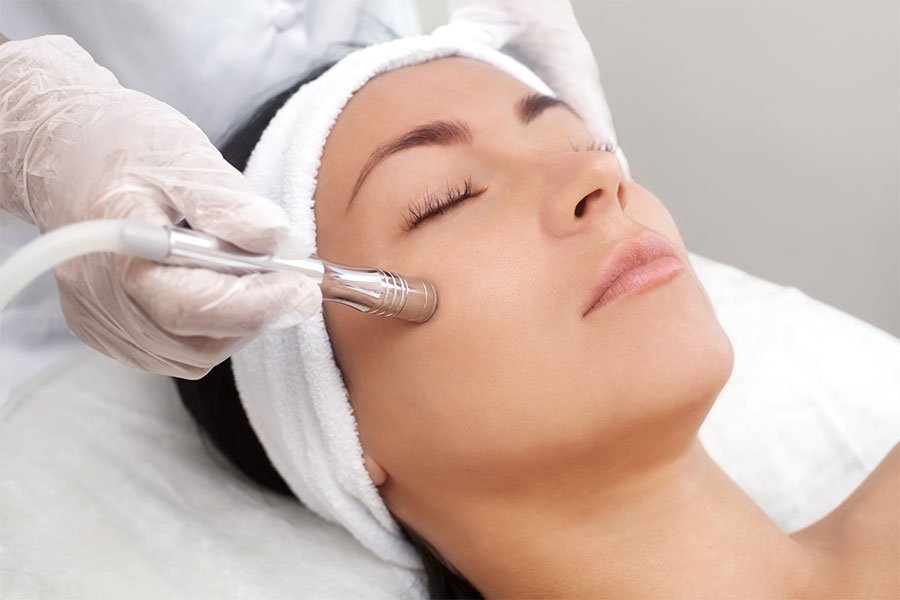Ramteke's Skin & Heart Associates | Dr. Sumedh Ramteke | Dr. Pooja Manwar Ramteke
- drsumedh25@gmail.com
- 07666158621
Follow Us:

What is Dermabrasion?
Benefits of Dermabrasion
✔️ Reduces acne scars and surgical scars
✔️ Improves skin texture and tone
✔️ Minimizes fine lines and wrinkles
✔️ Fades pigmentation and age spots
✔️ Treats sun-damaged skin
✔️ Helps with precancerous skin patches (actinic keratoses)
Who Can Benefit from Dermabrasion?
Dermabrasion is ideal for individuals with:
- Acne or injury scars
- Uneven skin tone or rough texture
- Fine lines around the mouth
- Age spots or sun-damaged skin
- Certain types of hyperpigmentation
It is not recommended for people with active acne, sensitive skin, or certain skin conditions.
Dermabrasion Procedure
1. Consultation & Skin Evaluation
Before the treatment, a detailed consultation is conducted to assess your skin type, concerns, and medical history. This helps ensure that dermabrasion is the right choice for you.
2. Preparation
The treatment area is cleansed thoroughly.
A numbing cream or local anesthesia is applied to reduce discomfort.
In some cases, sedation may be given for deeper treatments or large areas.
3. Skin Resurfacing
A specialized high-speed rotating device with a diamond-tipped or wire brush head is gently moved across the skin.
This tool exfoliates and removes the damaged outer skin layers.
The depth of abrasion depends on the severity of the condition being treated.
4. Cooling & Soothing
After resurfacing, a cooling mask or saline compress is applied to soothe the skin.
A protective ointment or sterile dressing may be placed over the treated area.
Recovery & Aftercare
- Temporary redness, swelling, or tingling is normal
- Healing usually occurs within 7–14 days
- Sun protection is essential for several weeks post-treatment
- Avoid makeup and harsh skincare during the recovery period
